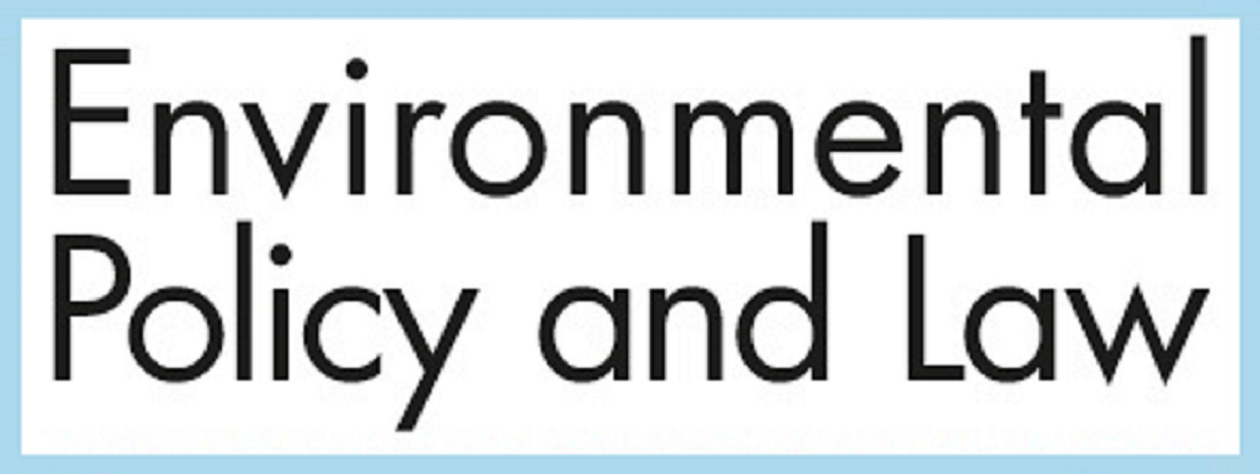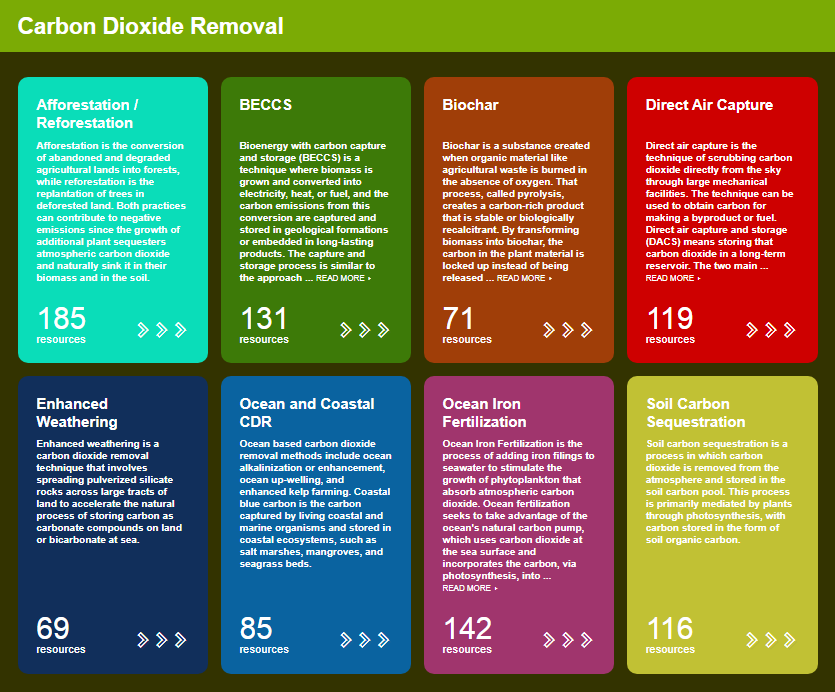
[Posted by: Carmel McNamara, IOS Press]
New York, NY, USA – Researchers at Columbia University have launched the world’s first database of carbon dioxide removal laws. The database, which is publicly available at cdrlaw.org, provides an annotated bibliography of legal materials related to carbon dioxide removal and carbon sequestration and use.
At its launch, the database had 530 resources on legal issues related to carbon dioxide removal, including such techniques as: direct air capture; enhanced weathering; afforestation/reforestation; bioenergy with carbon capture and storage; biochar; ocean and coastal carbon dioxide removal; ocean iron fertilization; and soil carbon sequestration. The database was launched with 239 legal resources on carbon capture and storage, utilization, and transportation. New resources are constantly being added.
Created by the Sabin Center for Climate Change Law
This site was created by the Sabin Center for Climate Change Law at Columbia Law School, in cooperation with the Carbon Management Research Initiative at the Center on Global Energy Policy at Columbia’s School of International and Public Affairs. Generous financial support was provided by the ClimateWorks Foundation and the Earth Institute at Columbia University.
“All scenarios for achieving the Paris temperature targets include not only a rapid transition away from the use of fossil fuels, but also the removal of large quantities of carbon dioxide from the atmosphere, and the capture and sequestration or use of carbon dioxide from those industrial sources whose emissions cannot otherwise be prevented. This resource assembles in one place the legal analyses of the relevant technologies, and will aid in the development of the needed laws and regulations,” said Michael Gerrard, a professor at Columbia Law School and faculty director of the Sabin Center for Climate Change Law.
“This new and vital web resource on CO₂ removal and carbon management augments the extraordinary legal work of the Sabin Center on Climate Law. The new portal serves scholars, advocates, governments, and companies large and small by providing clear and straightforward access to best-in-class scholarship on how the abundant natural resources of the world can reduce and repair the harm of human-caused climate change in a just and equitable way. This effort provides legal insight to the climate counterstrike,” said Julio Friedmann, a senior research scholar at the Center on Global Energy Policy who leads the Carbon Management Research Initiative.
The Sabin Center is also undertaking a series of white papers with in-depth examinations of the legal issues in particular carbon dioxide removal technologies. The first of these by Romany M. Webb, has just been released: The Law of Enhanced Weathering for Carbon Dioxide Removal.
###
NOTES FOR EDITORS
To access the database, visit cdrlaw.org or contact the Sabine Center for Climate Change Law climate.law.columbia.edu.
Contacts
For further details, contact Michael Gerrard at Columbia Law School (michael.gerrard@law.columbia.edu).
About Carbon Dioxide Removal Law Database
The cdrlaw.org site was created by the Sabin Center for Climate Change Law at Columbia Law School, in cooperation with the Carbon Management Research Initiative of the Center for Global Energy Policy at the Columbia School of International and Public Affairs and the Institute for Carbon Removal Law and Policy at American University. Generous financial support was provided by the ClimateWorks Foundation and the Columbia Earth Institute.




